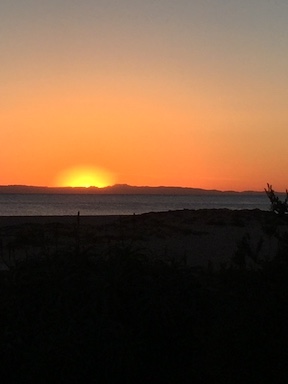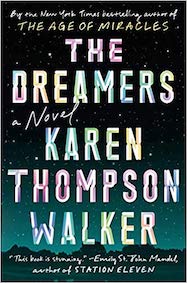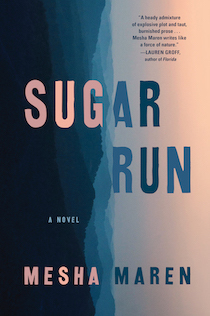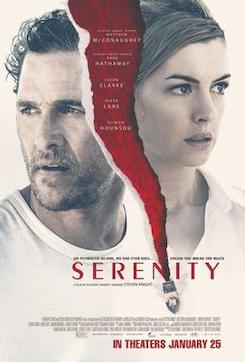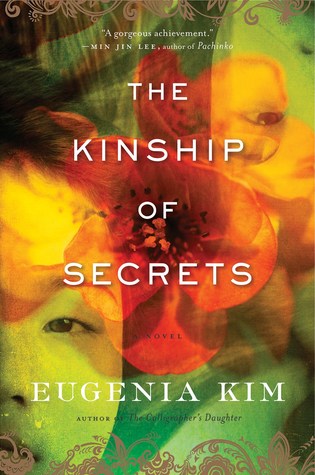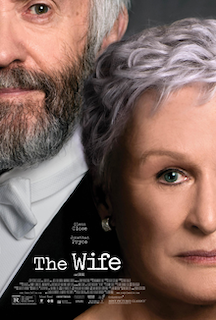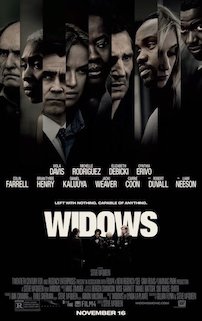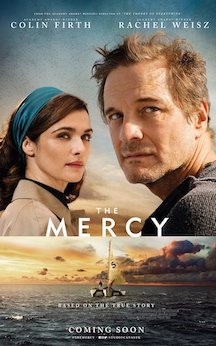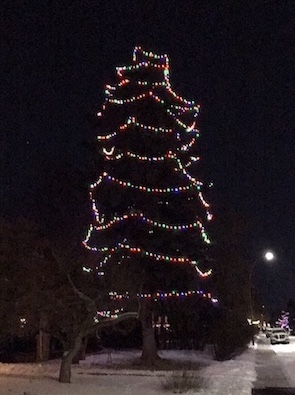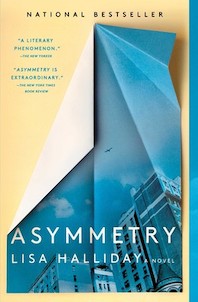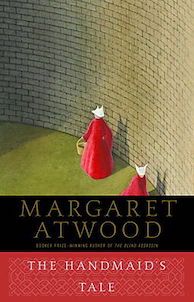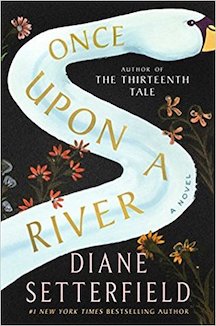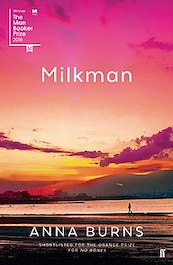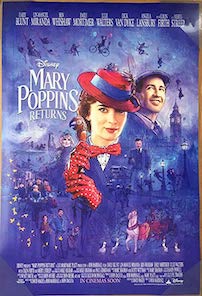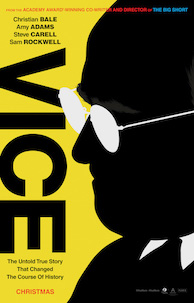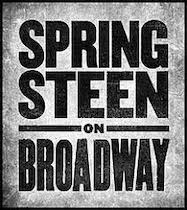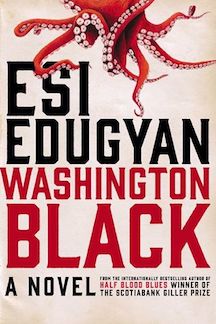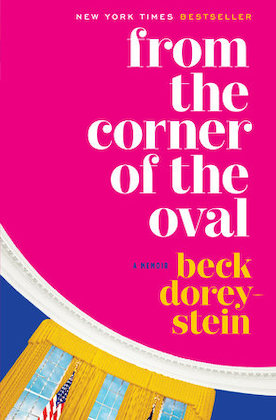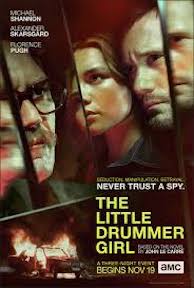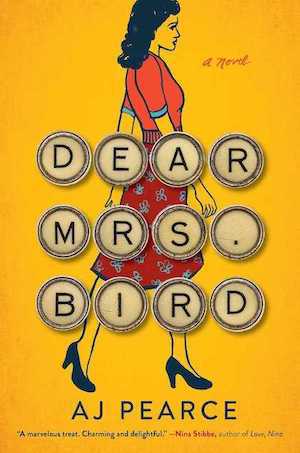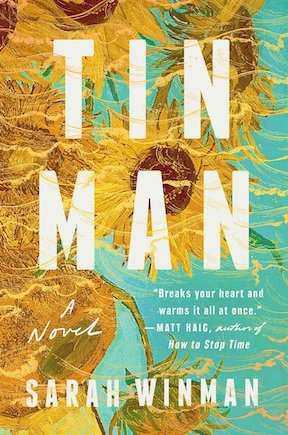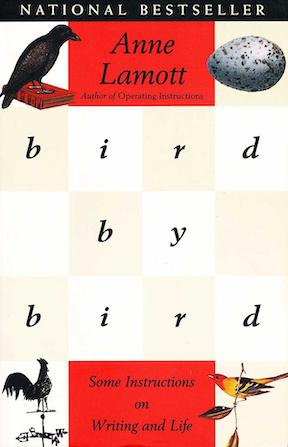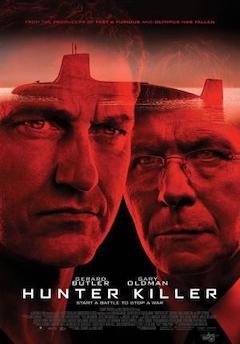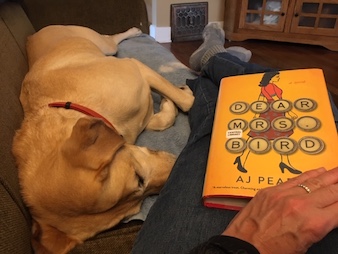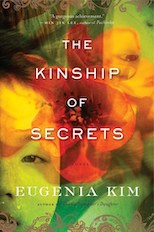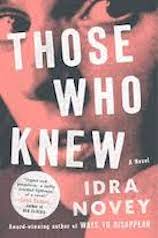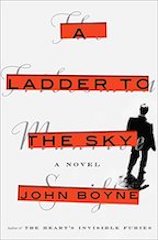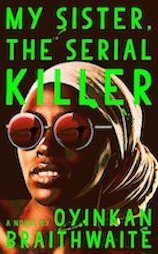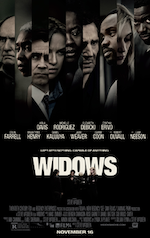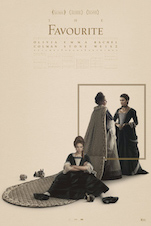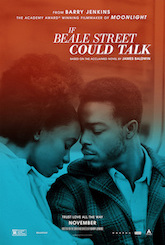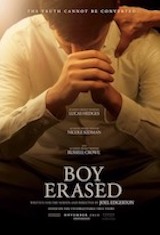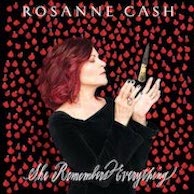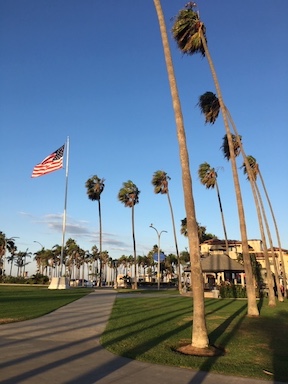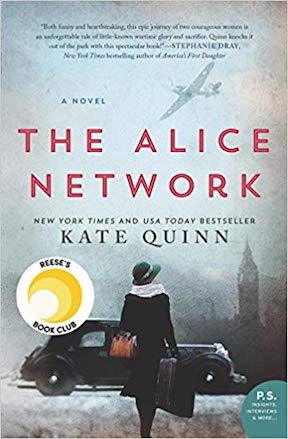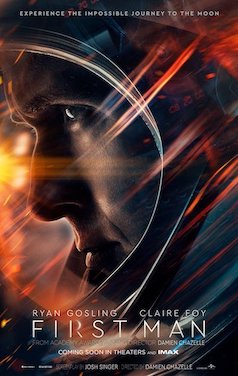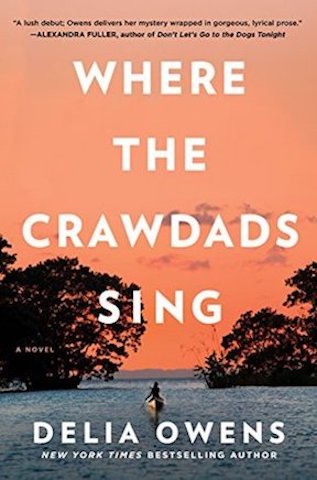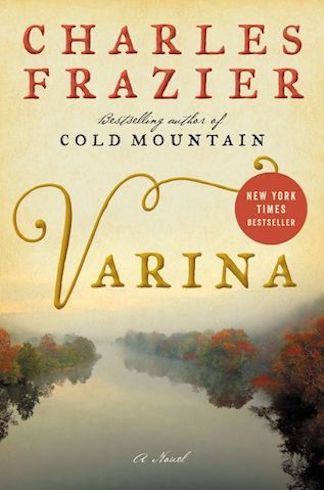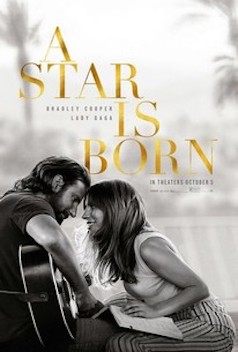
Happy sunrise everyone. I captured this shot while walking my dog early one morning down near the tracks. It makes me think that we will see spring hopefully in a few months time. Already the days are staying lighter longer. Below are reviews of my first three books of 2019, yea! I’m on a good, even pace right now, though I still need to post reviews of my last three books of 2018 that I finished in December, uh-oh. I was going to include them in this post, but I think I will wait. It’s too much to cram in six book reviews, no matter how succinct. Meanwhile I hope everyone is enjoying the start of their new year and liking their first reads of 2019.

The Dreamers by Karen Thompson Walker (2019) 320 pages
Short Synopsis: (edited from Publishers Weekly’s blurb) Set in an isolated college town in the hills of Southern California, the story follows a handful of characters who become quarantined in the town after a mysterious illness causes its victims to fall into a deep, dream-laden sleep from which they cannot be woken and which sometimes leads to death.
My Thoughts: Uh-oh this malady starts at a college and spreads to the surrounding town. I fell into the story from the get-go and liked its small cast of regulars, especially the college freshman Mei who teams with her eccentric classmate Matthew to help others during the chaotic days of the illness; and a young couple who try to protect their newborn baby from it; as well as two adolescent sisters left on their own after their survivalist father succumbs and is taken away.
It’s a daunting premise and I didn’t really know what was going to happen. The ending might have been slightly a letdown for me as it didn’t really answer all my questions about the mystery or go out with a big finale, but instead it seemed to raise other questions about consciousness and time and whether the victims were dreaming about the past or the future — as well as it highlighted what binds individuals together under such dire circumstances. All in all, I found it kept my interest and its apocalyptic vision and feelings of alienation felt pretty real. I thought the author infused it with some insightful and inspired writing and passages.
So I was a bit surprised to see Dwight Garner rip it apart in his review of the novel in the NY Times. He called the author “a limited and sentimental novelist” and critiqued the characters for being nearly all “exceedingly nice”; he wrote: “None of these characters says or does an interesting thing. Anarchic instincts and impure thoughts are kept to the barest minimum. … Reading this book’s bland dialogue is like watching players on center court use dead tennis balls.” Yikes, a tennis analogy too — that’s my game. I guess call me limited and sentimental then as I thought it was worthwhile and at times astute. I decided to include Dwight Garner’s thoughts here just to see what others might think.
Disclaimer: Thanks to the publisher Random House for the free e-galley of this book that I received to review via Netgalley.
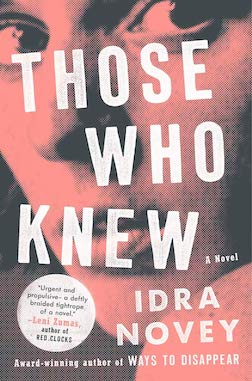
Those Who Knew by Idra Novey (2018) 248 pages
Short Synopsis: (edited from publisher’s version) It features a small circle of characters on an unnamed island country 10 years after the collapse of a U.S.-supported regime. Lena, once a student activist during those days, is now a teacher who comes to suspect that a female aide to a powerful progressive senator named Victor is being taking advantage of by him. When the aide winds up dead, Lena, who once was involved with Victor, suspects he’s had a hand in it.
My Thoughts: I listened to this as an audiobook and was easily hooked from the start. Along with Lena, there’s also her best friend Olga, a bookstore owner, and Freddie the senator’s gay brother who suspects him too. I liked the story’s themes: about Lena’s guilt and complicity over her silence about what happened to her decades earlier; her helplessness about the current situation; and its focus on power.
It’s a timely story considering these #MeToo days, though I believe the author started her novel years earlier. Surely, Victor is a misogynistic, violent guy whose recent marriage to Christina is only for political convenience — wow he’s dreadful throughout this. The story has three parts to it and I guess I just wish it hadn’t jumped so much in time between Part 1 and 2. The writing is well done though a bit scattered in time and among the characters. While it won’t be everyone’s cup of tea, I liked its self-discoveries and final reckoning.
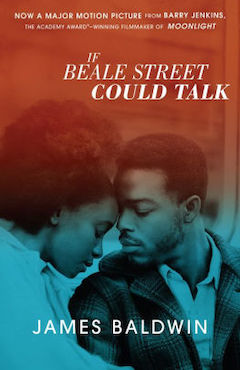
If Beale Street Could Talk by James Baldwin (1974) 197 pages
Short Synopsis: (edited from publisher’s version) Set in Harlem, N.Y., it’s about a wrongly imprisoned African American, 22-year-old Fonny, and his pregnant fiance, Tish, who tells the story. Their families fight to clear his name and spring him from prison while the young lovers experience a kaleidoscope of emotions.
My Thoughts: Oh thank goodness for James Baldwin. I read this before seeing the movie, which I hope to see soon. I love Baldwin’s outrage of America’s wrongs in this, his truths, and how he lays it on the line. He tells it like it is and his thoughts about racism in America are keen. This is a potent story and the writing propels one along through the streets of New York in the early 1970s. Tish’s family tries their damndest to raise money for lawyer expenses and they make sacrifices to try to free Fonny but every step of the way seems thwarted and it ends with tragic consequences.
The novel’s story reminded me a bit of Tayari Jones’s “An American Marriage,” which I read last year, and I wondered if she took the idea — of lovers kept from one another by a false imprisonment — from Baldwin’s book or not. Hers is a bit different — perhaps with a more modern-day spin on it. Still as good as Tayari’s story was, I felt Baldwin’s “Beale Street” was a bit more potent and hopeless.
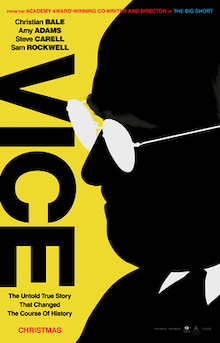
Lastly, we saw the movie “Vice” last night, which is a pretty dark satire about the story of Dick Cheney’s early life and rise leading to his incredible power within the George Bush administration and his unique role in the war with Iraq. I usually like Washington political kinds of movies but this one is so infuriating and overbearing — and even though I suspect the assertions in it are mostly true — it’s just yuck. It’s not a thing you really want to see or re-live about your country.
Yet the performances in it are all quite incredible — Christian Bale as Cheney; Amy Adams as his wife, Lynne; Sam Rockwell as George W. Bush; and Steve Carell as Donald Rumsfeld. Indeed Bale should get an Oscar for nailing Cheney’s annoying mannerisms. The movie makes it seem like it was all about power and perhaps it oversimplifies things and is quite scathing in its delivery, yet it seems brave to have been made too. Surely the movie is about 15 to 20 minutes too long and I’m not sure it will entice the average viewer outside of political junkies. I guess it’s not a movie that endeared me or I totally liked, but I’m glad I saw it.
What about you — have you read these novels or seen this movie — and if so, what did you think?

